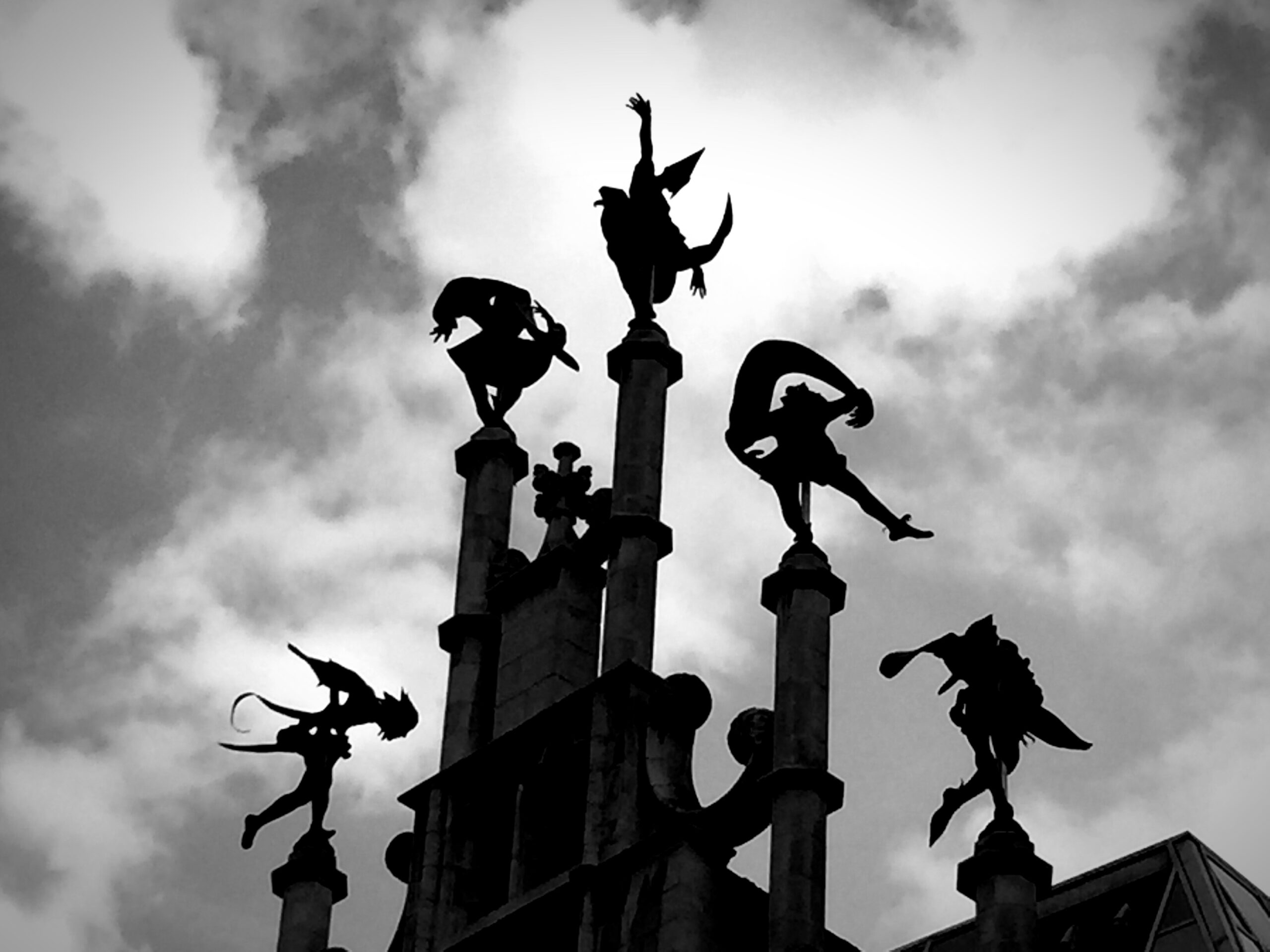
Structure and Dynamics of the Dream
Like many dreams that are truly remarkable and memorable, this laboratory nightmare provides us with the opportunity to view and appreciation both structure and dynamics.
Structure
This dream was framed in a clear structure. It began in the room occupied by the dreamer in some institutional setting (perhaps a hospital), then moves to a hallway and out of the building onto a raised walkway. Finally, the dreamer (in a wheelchair) rolls off the end of the walkway (a bridge). The dream does not wander through multiple settings. It is confined and well structured—making the end of the dream (rolling off the end of the walkway/bridge) that much more dramatic.
The dreamer begins her recall about three quarters of the way through the dream and then moves slowly back to the start of the dream. The dream reaches a dramatic and highly emotional point for the dreamer when she is in the room. After a break in her recall of the dream, the dreamer moves in her recall to the end of the dream, where a second emotional and traumatic point is confronted. The dreamer then ceases her recall either because the dream is done (she wakes up then falls in her wheelchair off the end of the bridge) or because she resists recalling anything further (which means that there was more to the dream).
Dynamics
This is a remarkable dream in that it represents not just the unique opportunity (available in a dream lab) to report the contents (and emotions) of a dream soon after it is experienced, but also because this particular dream (as a nightmare) represents (at least potentially) several of the most interesting and impressive of the complex dynamics to be found in dreams.
First, there is the process of repression that is represented in the dreamer’s failure early in her recall of the dream to indicate why she is called the “pelican.” Later in her recall of the dream, Katherine becomes fully and shockingly aware of why she is called the ‘Pelican” – it is because of her horribly deformed nose/beak. With the repressive defensive structure set aside, Katherine confronts not only her deformed face but also very soon her fateful rolling off the end of the bridge. As one point of trauma is revealed, another comes to the surface. Repression in this case serves to block a cascade of experiences and emotions (as is often the case when we are awake).
Second, there is the multi-tiered presentation of content and symbols in this dream. Much as Sigmund Freud noted in his original, pioneering study), there seem to be specific themes that are played out in several different ways and at several different levels. In the case of this dream, there is the multi-tiered representation of the term “Bridge.” At the primary level (Tier One) there is the direct use of this word, as Katherine is describing her wheeling off the Bridge at the end of her dream.
At a secondary, interferential level (Tier Two) we find Katherine’s introduction of a second meaning of the word “bridge.” She holds cards in her hands and when rolling off the Bridge refers to an unfortunate state one can be in when playing Bridge—having to take all the tricks but having no trump cards in your hand with which to win the trick. We can infer the game of Bridge from these references. Katherine speaks in the dream of “playing too many card games.” She later reports that she is engaged during the day in many games of Bridge when sitting in the Student Union – neglecting her studies.





